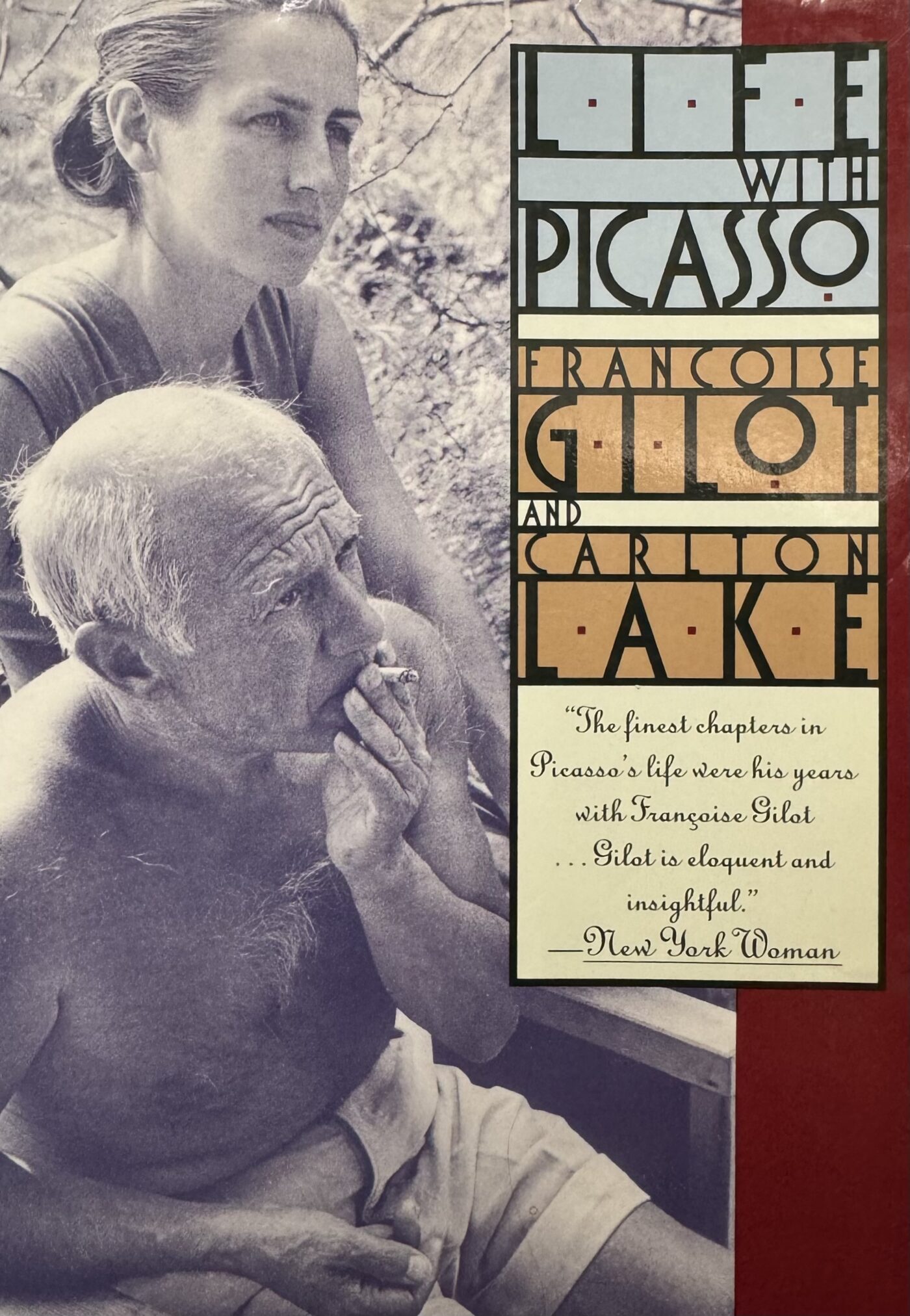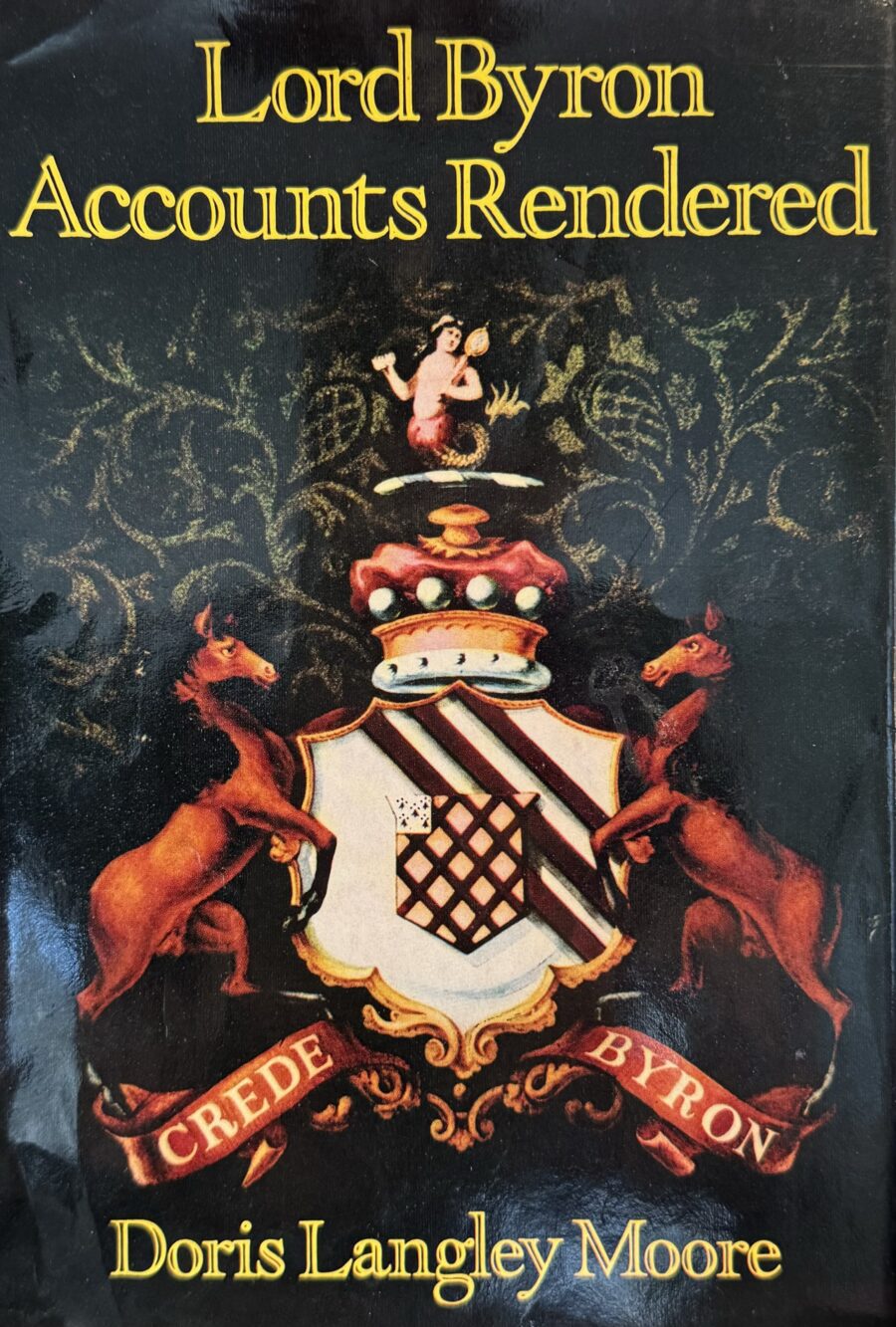NIGHTSTAND
Books we recommend
THE CRITIC AND OTHER STORIES by Ólafur Gunnarson
Cajun Mutt Press, 2024, $12.99
 Steeped in the mythology of sagas that so inspired J.R.R.Tolkien, there is a stark and dualistic realism in much of Icelandic fiction: good and bad, dark and light, fire and ice. As a poet, novelist, translator, and former consultant to the TV series “Vikings,” Ólafur Gunnarson knows the harsh terrain expertly well. He is a master storyteller whose recent collection of thirteen short stories brings to mind that other master storyteller Anton Chekhov. Like Chekhov, Gunnarson writes about the tragedy of the average person. The tragedy of dreams unfulfilled but never quite lost, the anger and frustration that crescendos but then rebounds to self destruction. His characters look back with regret at what they had once looked forward to with hope.
Steeped in the mythology of sagas that so inspired J.R.R.Tolkien, there is a stark and dualistic realism in much of Icelandic fiction: good and bad, dark and light, fire and ice. As a poet, novelist, translator, and former consultant to the TV series “Vikings,” Ólafur Gunnarson knows the harsh terrain expertly well. He is a master storyteller whose recent collection of thirteen short stories brings to mind that other master storyteller Anton Chekhov. Like Chekhov, Gunnarson writes about the tragedy of the average person. The tragedy of dreams unfulfilled but never quite lost, the anger and frustration that crescendos but then rebounds to self destruction. His characters look back with regret at what they had once looked forward to with hope.
In these stories, people endlessly dance the same dance, but each time choreographed with different steps of expectation and disappointment. The writing is spare, intense, humane. There’s a telluric compassion for characters who muck up their lives in spite of their best (or worst) intentions. The collection is realism at its finest.
In one outstanding story, “Death Comes at Daybreak,” a now remarried woman cares for an ex-husband who is dying of cancer. She’s an angel of compassion, but in spite of themselves, the couple fall back into trivial disputes of old, such as arguing about soup. “Her face looked hurt. ‘But you’ve always wanted it thick, always …’” He replies, “No, never.” In this powerful collection of stories, the trivial and the tragic walk a fine line, like a tightrope walker holding steady on a blustery day.
- ~Helen Mitsios
LIFE WITH PICASSO by Francoise Gilot and Carlton Lake
Anchor Books, 1989, $11.95
 No wonder Picasso tried to stop this book from being published, which happens to be the best publicity Francoise Gilot could have hoped for. Lover, companion, and mother of his two children (Claude and also Paloma of the famous jewelry line at Tiffany’s) she lived with Picasso for ten years from 1946 to 1953, before, as she declares, she was the only woman to ever leave him.
No wonder Picasso tried to stop this book from being published, which happens to be the best publicity Francoise Gilot could have hoped for. Lover, companion, and mother of his two children (Claude and also Paloma of the famous jewelry line at Tiffany’s) she lived with Picasso for ten years from 1946 to 1953, before, as she declares, she was the only woman to ever leave him.
But she left Picasso after he started drifting away from her. Picasso, ever in love, was now in love with someone else. Having fully devoted herself to him, her position as muse was supplanted. He had warned her “that any love could last for only a predetermined period.”
Perhaps more than a love-hate relationship, theirs was one of admiration-resentment. On cue, Gilot mentions more than once that her own artistic career was overshadowed by Picasso. But their life together was rich, with art and travel, with friends like Gide, Giacometti, Cocteau, and Chagall.
There are endless entertaining anecdotes about their life together as they inhabit and traverse the French Riviera. Meanwhile, Gilot’s recollections open the front door wide to let us into Picasso’s home, so we get to see the artist at the kitchen table as well as at work in his studio, his flaws and eccentricities always double underscored by Gilot. We see him collecting his fingernail clippings out of superstition or having a temper tantrum when she tosses out his worn clothes, and we’re privy to their many squabbles captured verbatim and quoted.
Picasso was a collector and keeper, and Gilot had to put up with the ex-lovers he kept in his orbit: ballerina ex-wife Olga, Dora Mar, Marie-Thérèse. Life with Picasso isn’t just about Picasso’s personal life—it counterbalances with richly detailed information about his work. One instance follows Picasso’s journey as he develops a deep interest in ceramics at the seaside town of Vallauris, known since antiquity for this medium. It was there at a ceramics workshop that he met and married Jacqueline Roque, his last muse.
~Helen Mitsios
Out of Print Books We Love…
Out of print books are recyclable and inexpensive. If you don’t mind reading on a screen, they can be downloaded for free. No virtual strings attached.
LORD BYRON ACCOUNTS RENDERED by Doris Langley Moore
William Clowes & Son, Ltd., 1974, £6.75.
 Imagine what a historian could learn about you if she used a magnifying glass to pore over your financial statements, your inheritance, posthumous inventory of your possessions, and a huge portion of meticulously recorded debts and expenditures. Such is the case of Lord Byron and his investigator, Doris Langley Moore, a noted British Byron scholar and fashion historian.
Imagine what a historian could learn about you if she used a magnifying glass to pore over your financial statements, your inheritance, posthumous inventory of your possessions, and a huge portion of meticulously recorded debts and expenditures. Such is the case of Lord Byron and his investigator, Doris Langley Moore, a noted British Byron scholar and fashion historian.
Accounts Rendered is a treasure trove of historical minutiae, starting with Byron’s freewheeling, free-spending father who died and left his son a pile of debt. In this truly fascinating book that follows the chronological arc of Byron’s life, we learn his spending habits, from the cost of “8 dozen fine wire buttons” to his cotton nightcaps, to dinner parties and bottles of wine (a lot), to his famous and wildly extravagant £500 carriage—a replica of Napoleon’s, as he admired both the man and his wheels.
True, he was both a spendthrift and a miser, depending on his mood more than his money. His kind hearted empathy for those less fortunate than himself meant he could hardly pass a beggar by (alms he handed out recorded down to the penny), and from time to time he took on indigent strangers he met and supported them with monthly allowances. We learn that Byron was an early adopter of what’s now known as intermittent fasting. He went through stringent periods of a vegetarian diet, considered highly peculiar at the time, as he was obsessed with staying thin after experiencing periods of pudginess. The ledger tells us the cost of the large number of hard biscuits he ordered in a week, along with potatoes (doused in vinegar) that were the mainstay of his weight loss diet.
These accounts and ledgers are known thanks to Byron’s devoted aide, the segretario Antonio Lega Zambelli, whom he met in Venice in 1819. Originally hired by Countess Guccioli’s husband to spy on her (she was Byron’s last great love), Zambelli switched sides and became devoted to Byron, managing his household and money with zealous exactitude, and performing tasks like paying servants’ wages which would have been unseemly for a gentleman to do. After Zambelli died, the papers went to his heirs in 1847. Later they were acquired by the British Museum, where they rested in the archives until Moore came across them.
Along with candid letters to and from Byron and his best friends (many of them in which a near desperate Byron laments his ongoing financial woes), his attorneys, and his sister Augusta, there are documents that minutely record his furnishings as well as his famous bed. It can still be seen in his bedroom that remains unchanged at Newstead Abbey, the beloved ancestral estate that he was forced to sell. Here’s what the bed looks like, “A superb lofty double screwed six-feet four-post bedstead, on French castors, the pillars jappaned and richly gilt, with rich crimson furniture, folding velvet and scarlet draperies with valence, with dome top, richly studded, surmounted by a Coronet….” There’s actually much more on the bed and its luxurious mattress—the inventory of Byron’s possessions alone is heaven for decorative arts fans.
More than any book I’ve read on Byron, this one peeks past the thick veil of myth, hearsay, and history’s pronouncements to make us deeply feel that he was a real person. Who would have thought that numbers on a page could be so evocative and telling.
~Helen Mitsios









